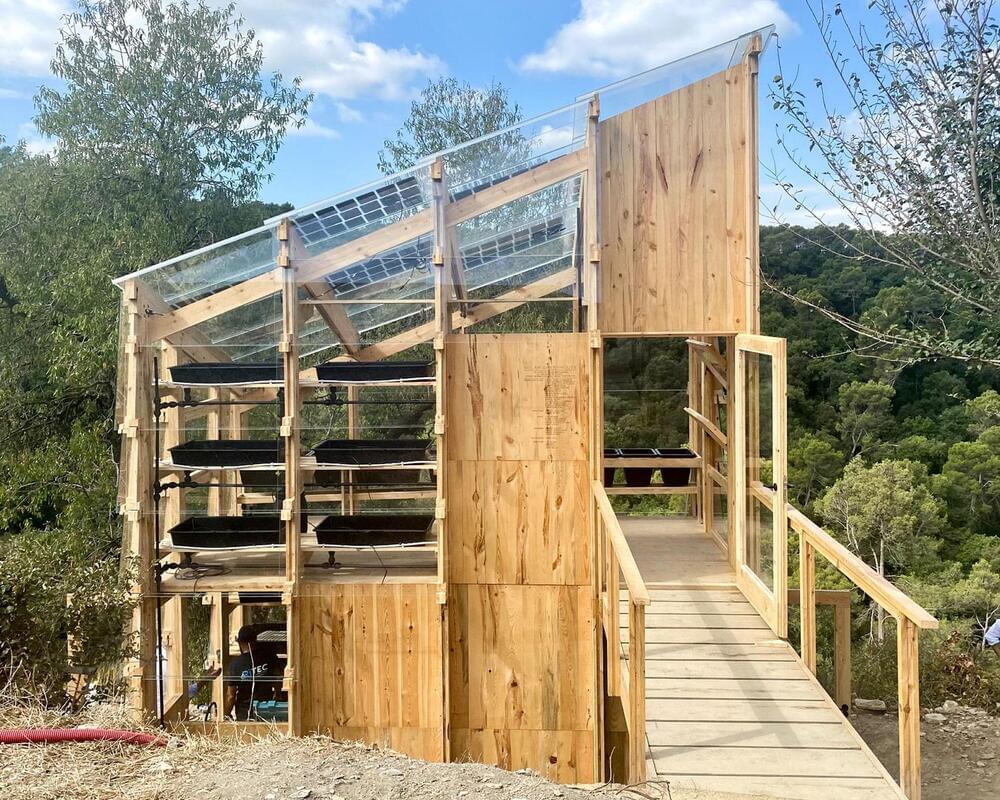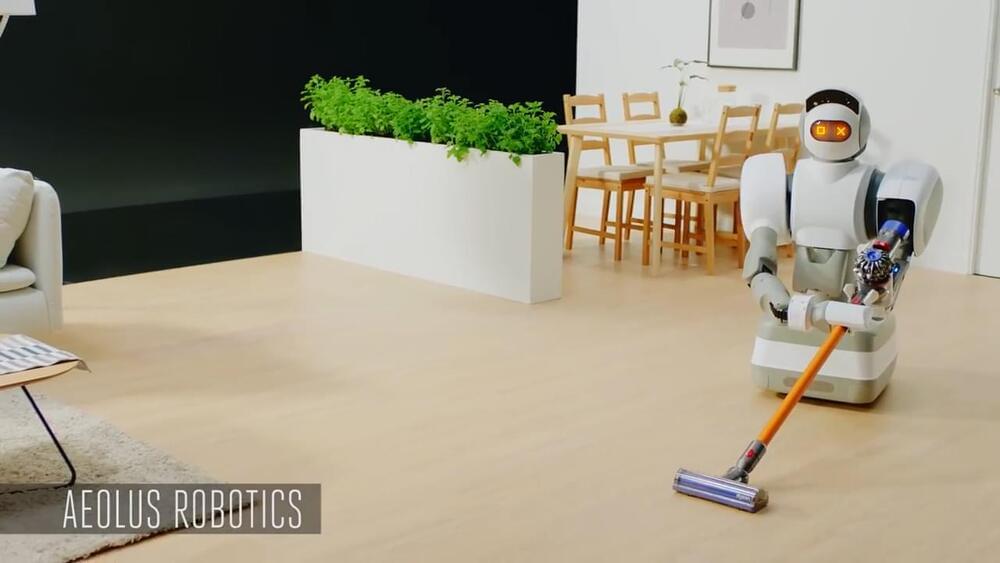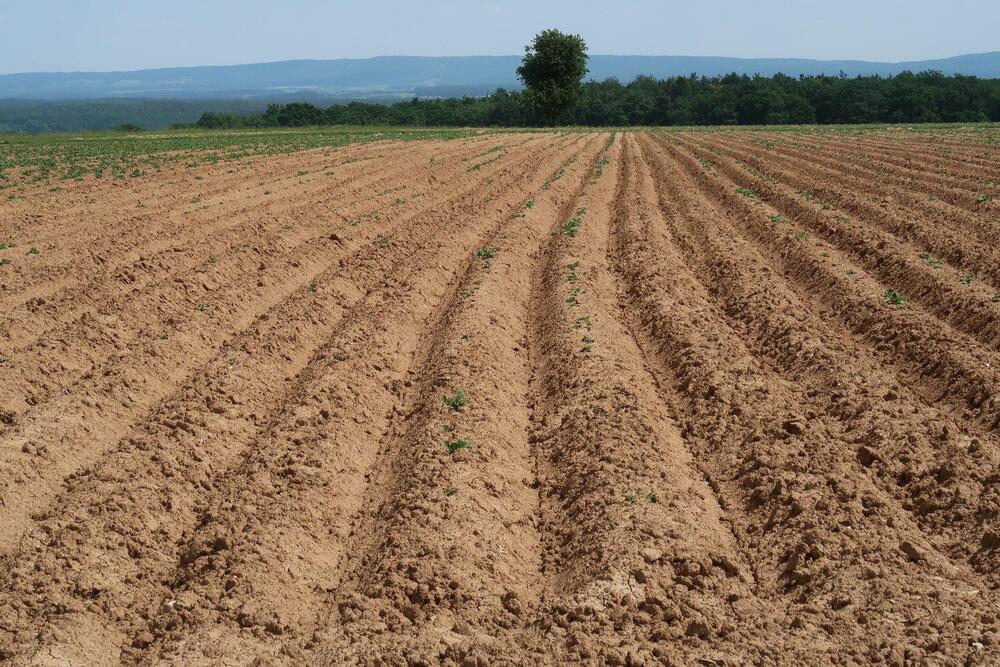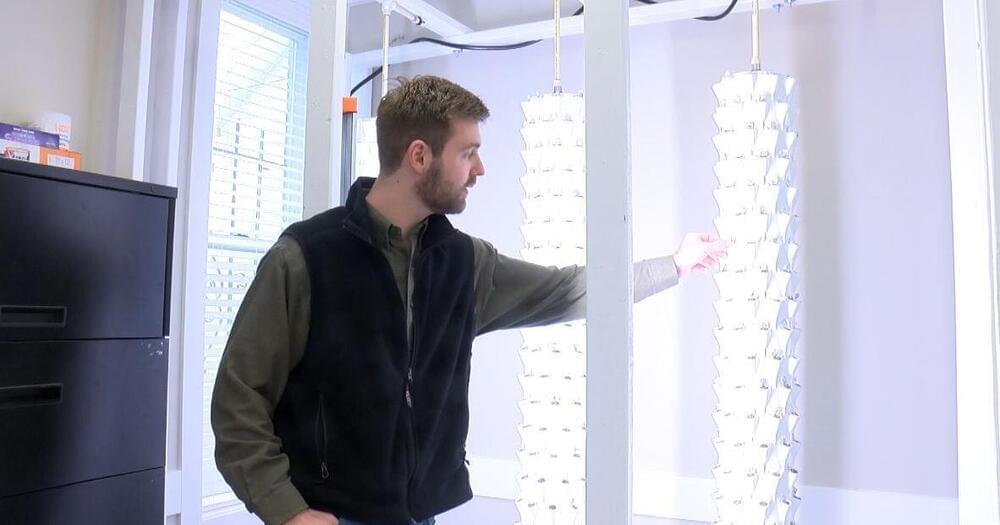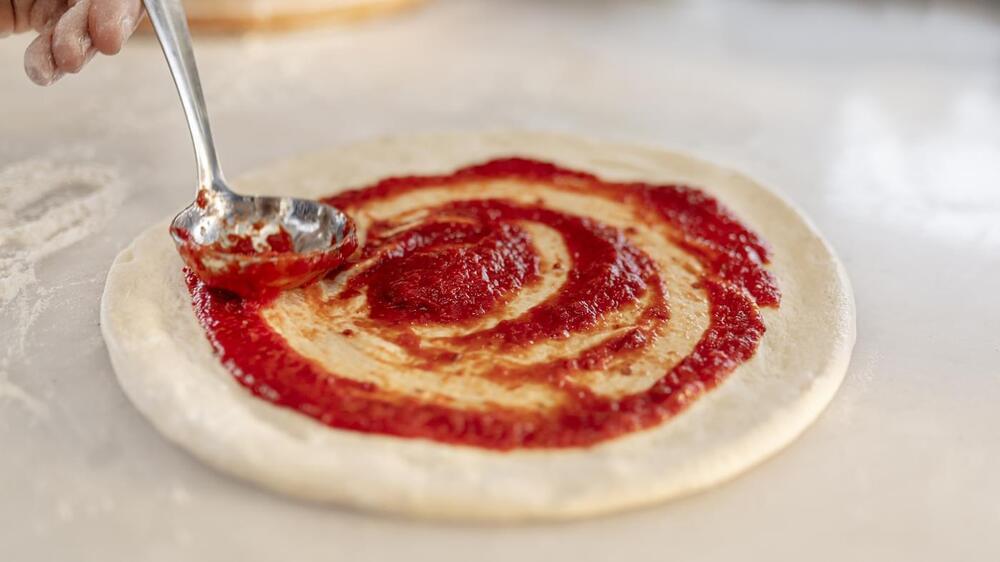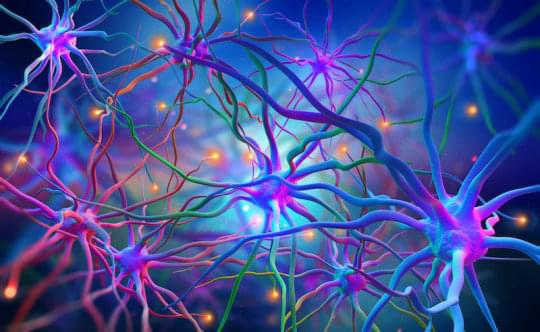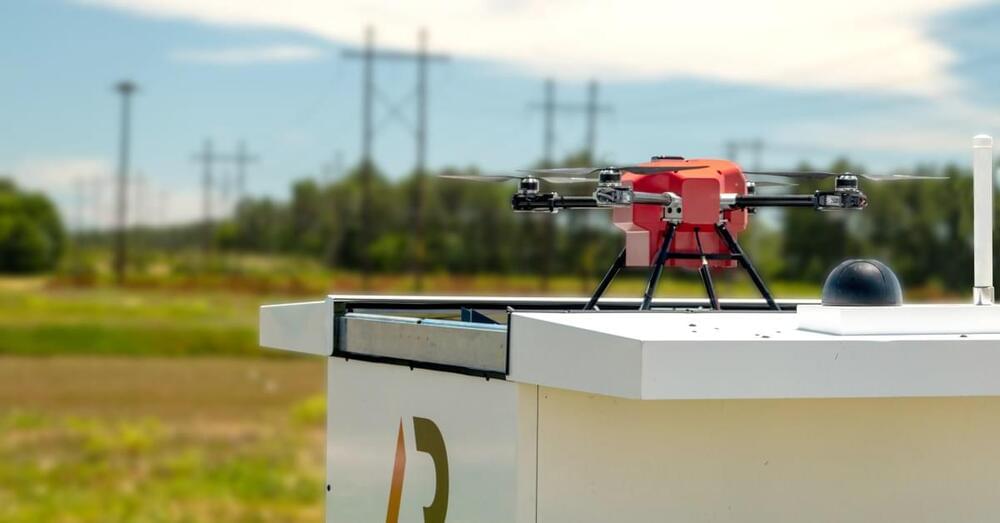Apr 2, 2022
IAAC students design Solar Greenhouse for food and energy production
Posted by Shubham Ghosh Roy in categories: food, solar power, sustainability
It is intended to be scalable and adaptable to a variety of settings, such as on the rooftops of inner-city buildings. The aim was to design and build a system that could be replicated in both rural areas and on roofs of urban building spaces.
The 130-square-foot structure is constructed from Aleppo Pine (Pinus halepensis) that was milled, dried, processed, and pressed into laminated wooden elements on-site at Valldaura. The glass roof, carefully arranged in a heliomorphic ‘diamond’ shape, allows for full solar capture both by the plants inside and the semi-transparent solar panels integrated within the glass to power the entire structure. The greenhouse only uses about 50% of the energy it produces, leaving the other half for the nearby Valldura Labs facility.
The solar-powered greenhouse also features a fully functional nutrient delivery system consisting of storage tanks, nutrient inflows, tubing to feed the plants directly, and a matrix of LED strip lights to facilitate longer growth cycles. The ground floor will be used for germinating the seedlings that will be planted in the gardens, while the upper level will generate a sizable harvest using advanced hydroponic techniques. All planting beds will use a sawdust substrate, a former waste product of the Green Fab Lab at Valldaura put to imaginative reuse.
